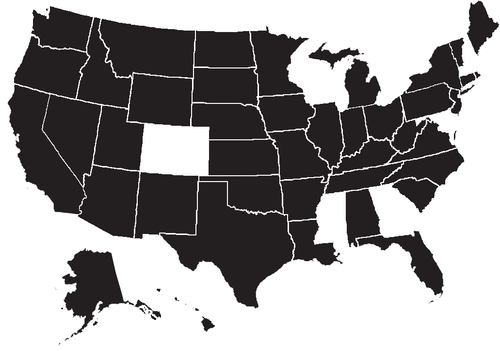
Hi all…a just published paper in the journal ‘Environmental Health Perspectives’ estimates potential bladder cases associated with chlorinated disinfection byproducts (DBPs) in the US and reports that “despite significant reductions in exposure over the past several decades, our study suggests that ∼10% of the bladder cancer cases in the United States may still be attributed to exposure to DBPs found in drinking water systems.”
The toxicology and regulation of THMs has been widely discussed since their identification in treated water and this is acknowledged in the conclusions which state “Despite the increased weight of evidence established in recent years toward inferring a causal relationship between DBP exposure and bladder cancer, more work is needed to understand the possible mechanisms involved in that relationship, clarify different sources of uncertainty, and address the utility of THM4 as a surrogate measure of risk from the most relevant DBP mixtures of toxicological interest.”
This is an open access paper and can be downloaded free of charge at: https://doi.org/10.1289/EHP9985
Bill
_____________________________________________
Estimating National Exposures and Potential Bladder Cancer Cases Associated with Chlorination DBPs in U.S. Drinking Water
Richard J. Weisman, Austin Heinrich, Frank Letkiewicz, Michael Messner, Kirsten Studer, Lili Wang, and Stig Regli
Environmental Health Perspectives, 130:8, Online publication date: 1-Aug-2022. https://doi.org/10.1289/EHP9985
“Abstract
Background:
Disinfection byproducts (DBPs) in public water systems (PWS) are an unintended consequence resulting from reactions between mostly chlorine-based disinfectants and organic and inorganic compounds in source waters. Epidemiology studies have shown that exposure to DBP (specifically trihalomethanes) was associated with an increased risk of bladder cancer.
Objective:
Our goal was to characterize the relative differences in exposures and estimated potential bladder cancer risks for people served by different strata of PWS in the United States and to evaluate uncertainties associated with these estimates.
Methods:
We stratified PWS by source water type (surface vs. groundwater) and population served (large, medium, and small) and calculated population-weighted mean trihalomethane-4 (THM4) concentrations for each stratum. For each stratum, we calculated a population attributable risk (PAR) for bladder cancer using odds ratios derived from published pooled epidemiology estimates as a function of the mean THM4 concentration and the fraction of the total U.S. population served by each stratum of systems. We then applied the stratum-specific PARs to the total annual number of new bladder cancer cases in the U.S. population to estimate bladder cancer incidence in each stratum.
Results:
Our results show that approximately 8,000 of the 79,000 annual bladder cancer cases in the United States were potentially attributable to DBPs in drinking water systems. The estimated attributable cases vary based on source water type and system size. Approximately 74% of the estimated attributable cases were from surface water systems serving populations of >10,000 people. We also identified several uncertainties that may affect the results from this study, primarily related to the use of THM4 as a surrogate measure for DBPs relevant to bladder cancer.
Discussion:
Despite significant reductions in exposure over the past several decades, our study suggests that ∼10% of the bladder cancer cases in the United States may still be attributed to exposure to DBPs found in drinking water systems.”
_______________________________________________
William (Bill) B. Anderson, Ph.D.





